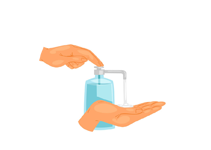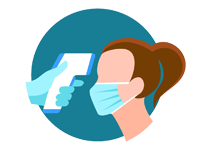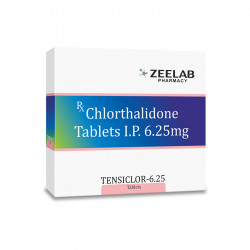Chlorthalidone
Chlorthalidone is a medication primarily used to treat high blood pressure (hypertension) and manage fluid retention in conditions like heart failure, kidney disease, or cirrhosis. It belongs to a class of drugs known as thiazide diuretics. Chlorthalidone helps reduce the amount of salt and water retained in the body, lowering blood pressure and reducing swelling. By improving fluid balance, it also helps prevent complications related to fluid retention, such as swelling in the legs and ankles.
Uses of Chlorthalidone
Chlorthalidone is used for the following conditions:
- High blood pressure (hypertension)
- Fluid retention (edema) due to heart failure, kidney disease, or liver disease
- Prevention of strokes, heart attacks, and kidney problems in hypertensive patients
How Chlorthalidone Works
Chlorthalidone works by blocking the reabsorption of sodium and chloride in the kidneys, causing the body to excrete more salt and water through urine. This helps lower blood pressure by reducing the volume of fluid in the blood vessels and alleviates symptoms of edema by reducing fluid buildup in tissues.
Benefits of Chlorthalidone
The key benefits of Chlorthalidone include:
- Effective in reducing high blood pressure
- Helps manage fluid retention, improving symptoms of swelling
- Reduces the risk of heart-related complications such as heart attack and stroke
- Long-lasting effects for consistent blood pressure management
How to Take Chlorthalidone
Chlorthalidone is usually taken once daily, with or without food, as prescribed by your doctor. The typical starting dose is 25 mg, but your healthcare provider may adjust the dosage based on your condition and response to treatment. It is important to follow your doctor’s instructions carefully and take the medication at the same time each day for maximum benefit.
Types of Dosage Available
- Tablets (25 mg, 50 mg)
Side Effects of Chlorthalidone
Common side effects of Chlorthalidone may include:
- Increased urination
- Low potassium levels (hypokalemia)
- Dizziness or lightheadedness
- Headache
Severe side effects, though rare, may include:
- Severe allergic reactions (rash, swelling, difficulty breathing)
- Severe electrolyte imbalances (low sodium, low potassium)
- Chest pain or irregular heartbeats
Safety Advice
Before taking Chlorthalidone, inform your doctor if you have any kidney, liver, or heart conditions, as well as any history of electrolyte imbalances. Chlorthalidone may interact with other medications, so it’s important to provide a full list of your current medications. You should also monitor your blood pressure and electrolytes regularly while on this medication. Avoid taking Chlorthalidone if you are pregnant or breastfeeding unless advised by your doctor.
Frequently Asked Questions (FAQs)
Q: Can I take Chlorthalidone with other medications?
A: Yes, but it may interact with other medications, especially diuretics, blood pressure medications, or lithium. Always inform your doctor of any other medications you are taking.
Q: How soon will I see results from Chlorthalidone?
A: You may begin to notice lower blood pressure within a few hours of taking Chlorthalidone, but it may take several days for full effects. Consistent use is essential for optimal results.
Q: Is Chlorthalidone safe for long-term use?
A: Chlorthalidone is generally safe for long-term use under medical supervision, but periodic check-ups are recommended to monitor blood pressure, electrolytes, and kidney function.
Download India's most affordable pharmacy app
- Compare with medicine prices
- Save upto 90% on your medicine bills

Temperature Controlled storage and delivery

Regular Sanitization

Disinfected Packaging
















 Added!
Added!